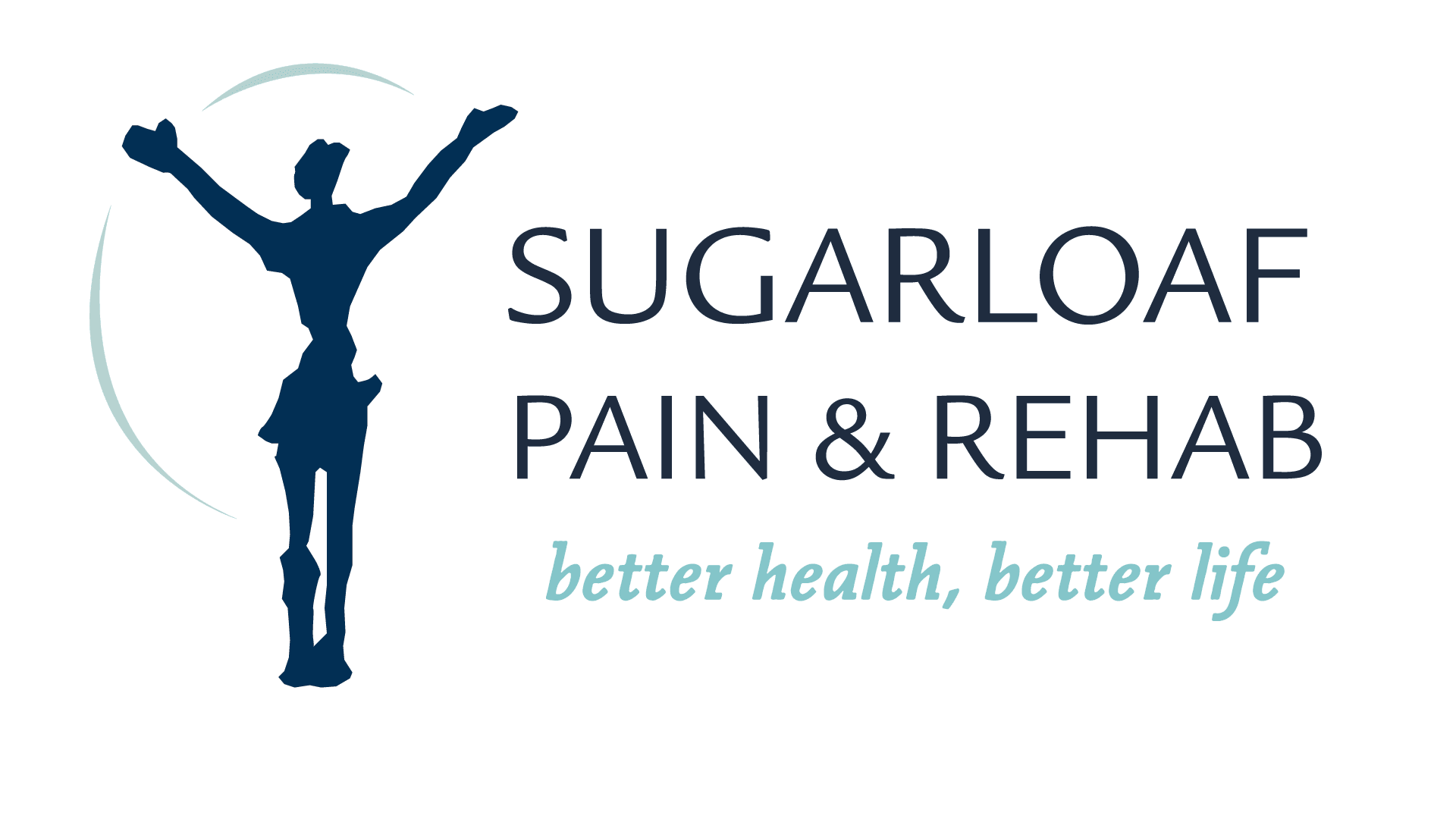
Disk Herniation
What is Disk Herniation?
Your backbone, or spine, is made up of 26 bones called vertebrae. In between them are soft disks filled with a jelly-like substance. These disks cushion the vertebrae and keep them in place. As you age, the disks break down or degenerate. As they do, they lose their cushioning ability. This can lead to pain if the back is stressed.
A herniated disk is a disk that ruptures. This allows the jelly-like center of the disk to leak, irritating the nearby nerves. This can cause sciatica or back pain.
Disk herniation, also known as a slipped or herniated disk, is a common injury that can occur during athletic activities. It is characterized by the displacement of the gel-like substance within the spinal disk, which can cause pain and discomfort. Warm-up exercises, conditioning, and the use of protective gear are important preventive measures to reduce the risk of disk herniation. If a disk herniation does occur, it is essential to seek immediate medical attention and undergo rehabilitation for a safe and efficient recovery.
What are the Symptoms?
Symptoms for lumbar disk disease depend on where the nerve has ruptured and what nerve root the herniated disk material is pressing down on. Some common symptoms of lumbar disk disease include the following:
- Irregular or continual back pain. Things such as coughing, sneezing, moving, or even standing up for a long time can make back pain from a ruptured disk worse.
- Sciatica (back pain)
- Foot or leg numbness
- Poor reflexes in your ankle or knee
- Spasms in your back muscles
- Bowel or bladder problems
- Leg muscle weakness
Sugarloaf Pain & Rehab has professionals trained in the area of health, which are constantly expanding their knowledge and skills through education and research, to incorporate innovative techniques to the healing process. Our main objective is to provide quick, lasting relief with minimal discomfort; in the same way educate our patients about practices that promote their health in general.
